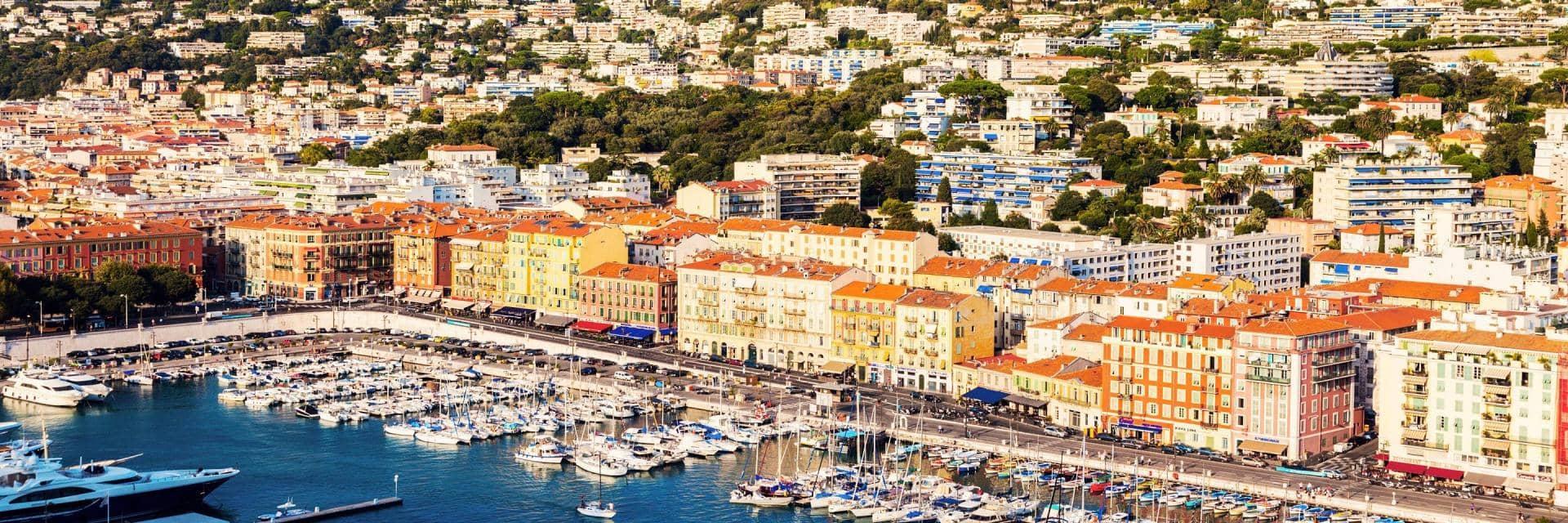The varying levels of growth across the region partly reflect the fact that it is still in recovery from the years following the financial crisis. Knight Frank figures suggest transaction volumes for apartments, for example, fell 36% in 2008 following the crisis, but have been recovering since 2014. Resale transactions rose 5% between 2016 and 2017 according to the local Chamber of Commerce, and are now back close to pre-crisis levels.
Overseas buyers and investors will remain an important driver of trends in the Riviera’s property market, says Katya Zenkovich, a Partner within Knight Frank's Global Prime division.
“International buyers are the driving force of sales in the region, with the British accounting for up to one in four prime residential purchases. Russians living in France as always prefer the Côte d'Azur,” she says. “In Cannes, Nice and Antibes, the local market offers great rental potential at any season and, historically, values are lower there than in a more bourgeois Saint-Jean-Cap-Ferrat.”
Importantly, the economy of the Riviera has the potential to drive the strength of the property market in future. Tourism accounts for around a fifth of the region’s GDP. With 13 million passengers a year, Nice is France’s second busiest airport. It has recently undergone significant expansion, including a new runway for private jets.
Jad Bardawil, Head of EMEA Banking and Credit Distribution for Barclays Private Bank, says: “Nice Côte d’Azur Airport is becoming an appealing alternative to major hubs, attracting investment in the local economy.”
The high quality of life attracts other international industries, too. The world-renowned Sophia Antipolis technology park close to Antibes employs more than 30,000 people, while the €2.5bn Éco-Vallée project close to Nice will include a new business district, R&D facilities, a retail park and residential property.
This is not to suggest buying in the French Riviera is risk-free. It has similar challenges to those that apply in Paris. “While domestic political unrest or international macro events have the potential to impact the market, the area’s natural attributes are likely to continue to attract buyers, and its broadening business landscape provides further support,” says Raza.



